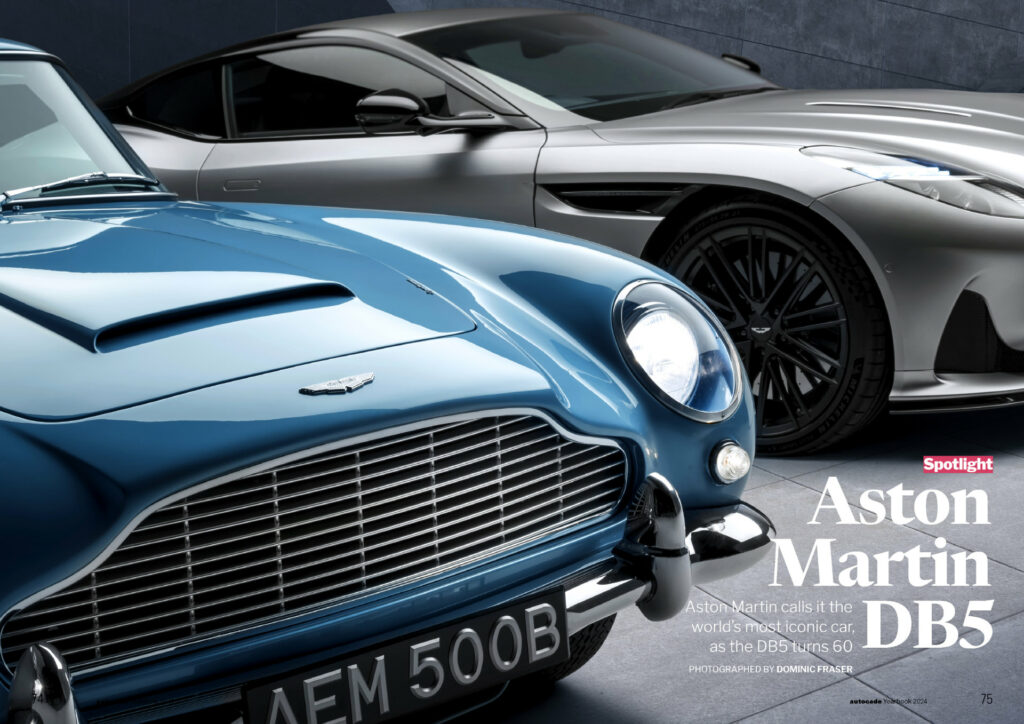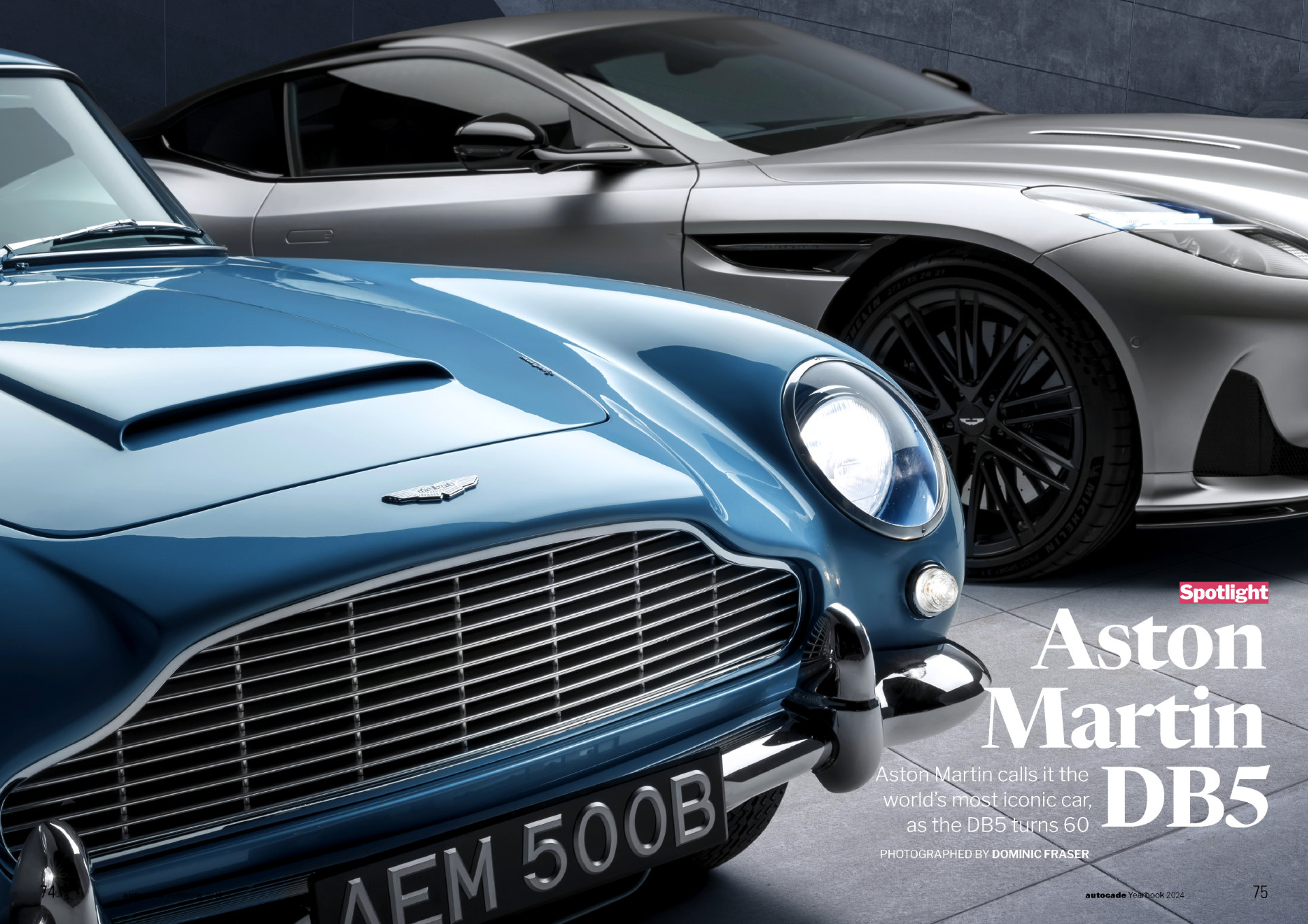There’s a lot to report now that the news is public: Autocade is more than the online encyclopædia, it’s also a print yearbook. I’m happy to say it has been launched, after ironing out some tech issues, and there has been good interest in the new publication. You can read a bit more about […]
Introducing Autocade in print

